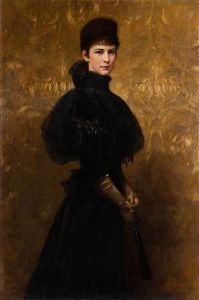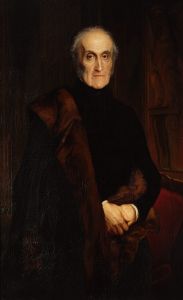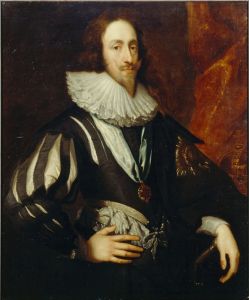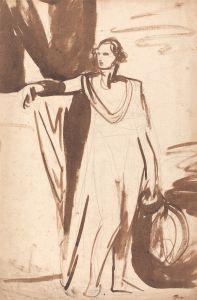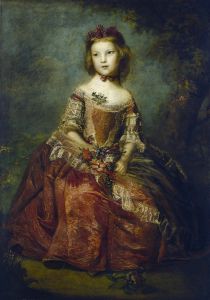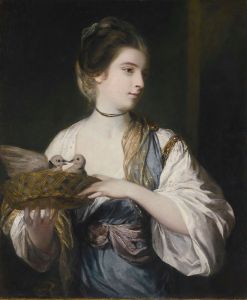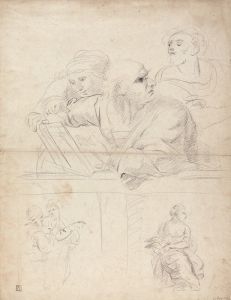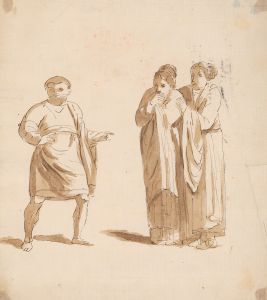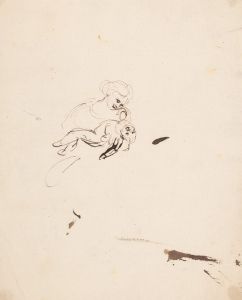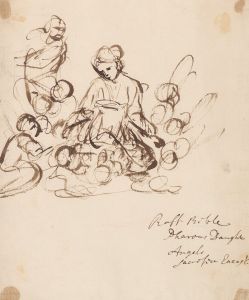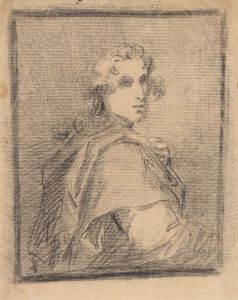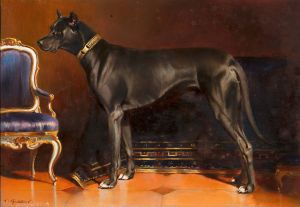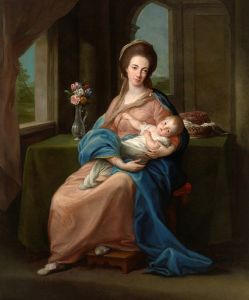
The 4th Duke of Queensberry as Earl of March
A hand-painted replica of Sir Joshua Reynolds’s masterpiece The 4th Duke of Queensberry as Earl of March, meticulously crafted by professional artists to capture the true essence of the original. Each piece is created with museum-quality canvas and rare mineral pigments, carefully painted by experienced artists with delicate brushstrokes and rich, layered colors to perfectly recreate the texture of the original artwork. Unlike machine-printed reproductions, this hand-painted version brings the painting to life, infused with the artist’s emotions and skill in every stroke. Whether for personal collection or home decoration, it instantly elevates the artistic atmosphere of any space.
The painting The 4th Duke of Queensberry as Earl of March is a portrait by the renowned British artist Sir Joshua Reynolds. It depicts William Douglas, the 4th Duke of Queensberry (1725–1810), who was also known as the Earl of March before inheriting the dukedom. The artwork is a prime example of Reynolds' skill in portraiture, showcasing his ability to capture the character and status of his subjects.
Sir Joshua Reynolds (1723–1792) was one of the most prominent portrait painters of the 18th century and a founding member of the Royal Academy of Arts in London. His works often portrayed members of the British aristocracy, intellectuals, and other notable figures of the time. Reynolds was known for his innovative techniques and his ability to blend the grandeur of historical painting with the intimacy of portraiture.
The subject of the painting, William Douglas, was a Scottish nobleman and politician. He was a controversial figure in his time, known for his extravagant lifestyle and involvement in horse racing and gambling. Before becoming the 4th Duke of Queensberry in 1778, he held the title of Earl of March. His nickname, "Old Q," became widely recognized in later years, reflecting his reputation as a colorful and somewhat scandalous figure in British society.
The portrait is believed to have been painted during the period when Douglas was still the Earl of March, prior to his accession to the dukedom. In the painting, Reynolds employs his characteristic use of light and shadow to emphasize the sitter's features and attire, which reflect his aristocratic status. The composition and style of the portrait align with Reynolds' approach to portraying his subjects with both dignity and a sense of individuality.
The exact date of the painting is not definitively documented, but it is consistent with Reynolds' active period as a portraitist in the mid-18th century. The artwork is considered an important representation of both the sitter and the artistic achievements of Reynolds.
The painting is held in a private collection or museum, though specific details about its current location or provenance are not widely available. It remains a notable example of Reynolds' contribution to British portraiture and his ability to immortalize figures of historical significance through his art.






